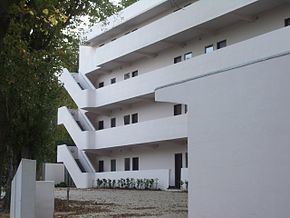Construction started 1933 Opened 9 July 1934 Architectural style Modern architecture | Closed 1990 Floors 4 Architect Wells Coates | |
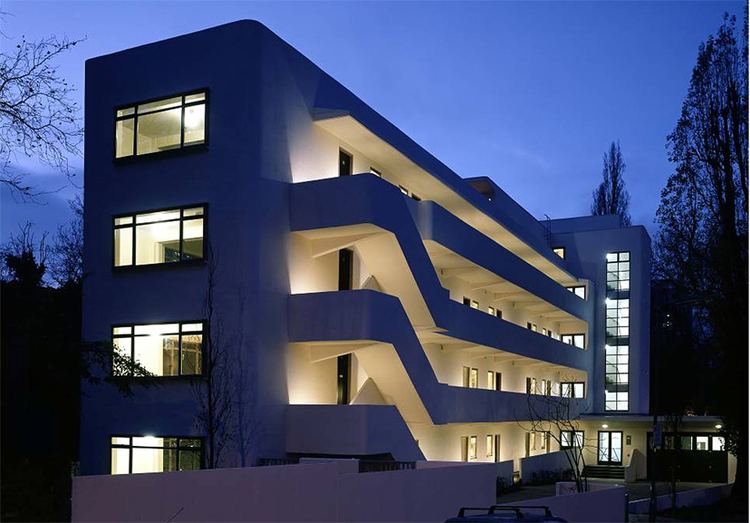 | ||
Similar Isokon gallery, Embassy Court, 2 Willow Road, Highpoint I, 10 Palace Gate | ||
Isokon building top 8 facts
The Isokon building on Lawn Road, Hampstead, London NW3 (also known as The Lawn Road Flats), is a concrete block of 34 flats designed by architect Wells Coates for Molly and Jack Pritchard. They opened on 9 July 1934 as an experiment in minimalist urban living. Most of the flats had very small kitchens as there was a large communal kitchen for the preparation of meals, connected to the residential floors via a dumb waiter. Services, including laundry and shoe-shining, were provided on site. The building included 22 single flats, 4 double flats, 3 studio flats, staff quarters, kitchens and a large garage. The Pritchards lived in a penthouse flat at the top with their two sons Jeremy and Jonathan. Plywood was used extensively in the apartments.
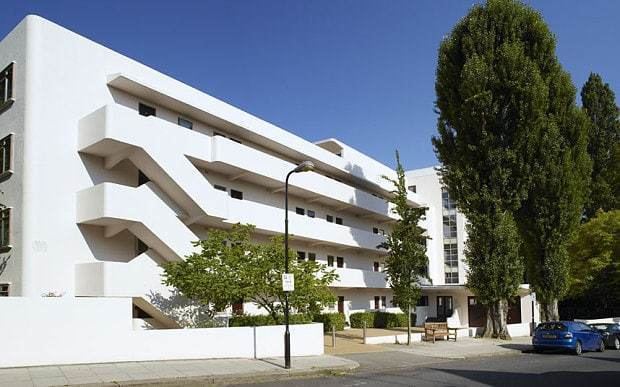
Early famous residents included: Bauhaus émigrés Walter Gropius, Marcel Breuer, and László Moholy-Nagy; architects Egon Riss and Arthur Korn; Agatha Christie (1940–46) and Adrian Stokes; Jack and Molly Pritchard lived in the penthouse. The communal kitchen was converted into the Isobar restaurant in 1937, to a design by Marcel Breuer. The flats and particularly the bar became renowned as a centre for intellectual life in North London. Regulars at the Isobar included Henry Moore, Barbara Hepworth and Ben Nicholson.
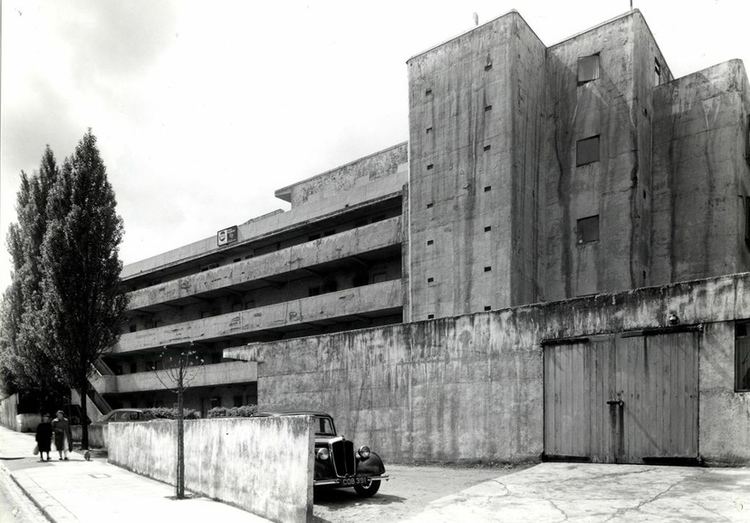
In the mid-1930s Flat 7 was occupied by Dr Arnold Deutsch, the NKVD agent who recruited the Cambridge Five. The British architect Sir James Frazer Stirling was a resident during the 1960s.
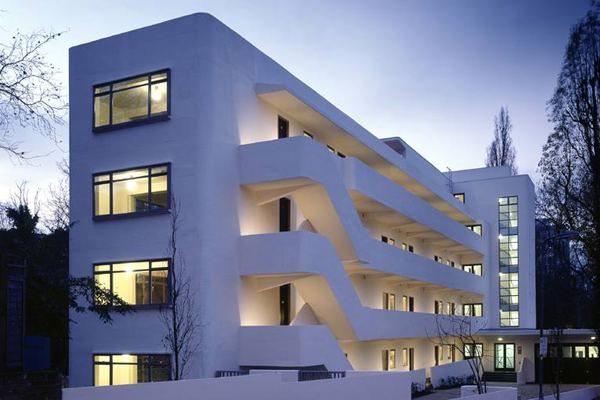
The Isokon company folded during World War II. In 1969 the building was sold to the New Statesman magazine and the Isobar was converted into flats. In 1972 the building was sold to Camden London Borough Council and gradually deteriorated until the 1990s when it was abandoned and lay derelict for several years. In 2003 the building was sympathetically refurbished by Avanti Architects, a practice which specialises in the refurbishment of Modernist buildings, for Notting Hill Housing Association and is now primarily occupied by key workers under a co-ownership scheme. The refurbishment has also created a public gallery space in the former garage to tell the story of the building, its notable residents and Isokon furniture.
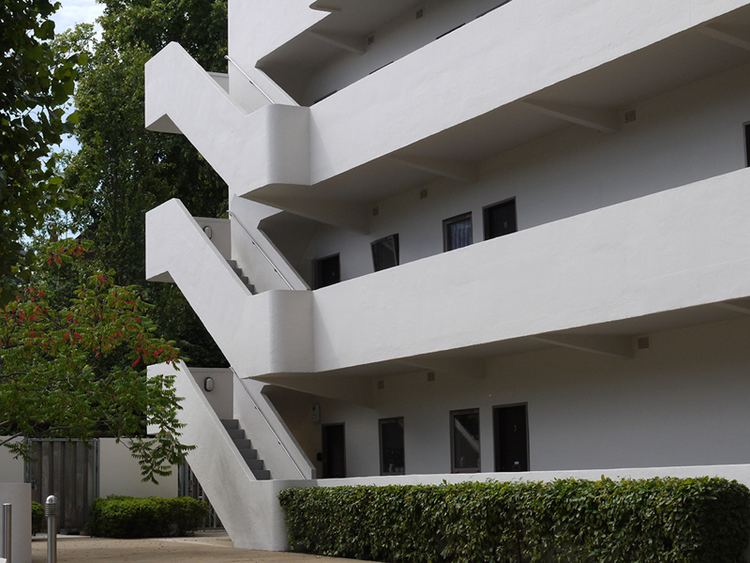
The block has been granted Grade I listed status, placing it amongst the most architecturally-significant historical buildings in the UK.

